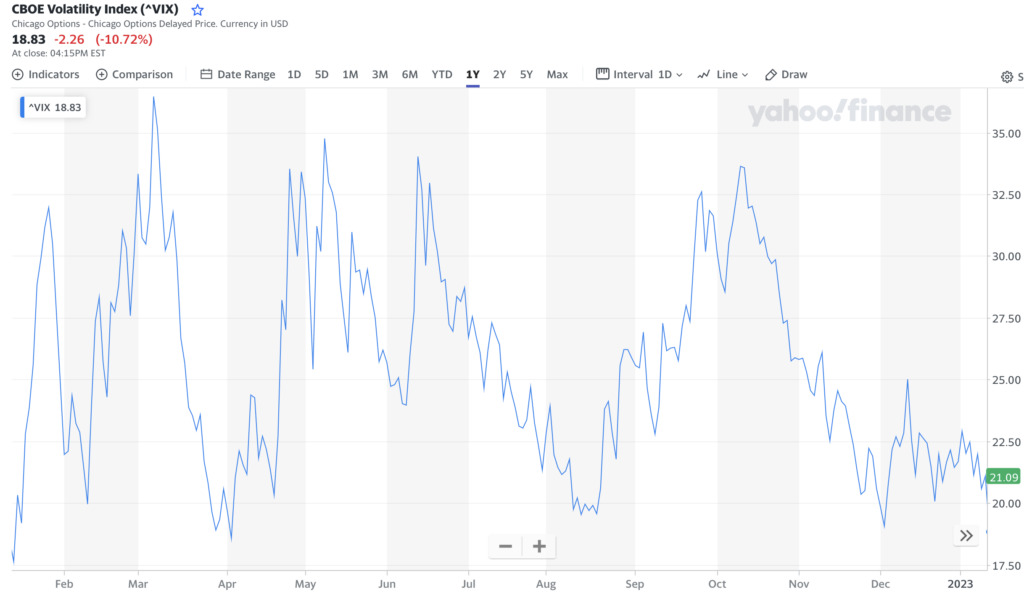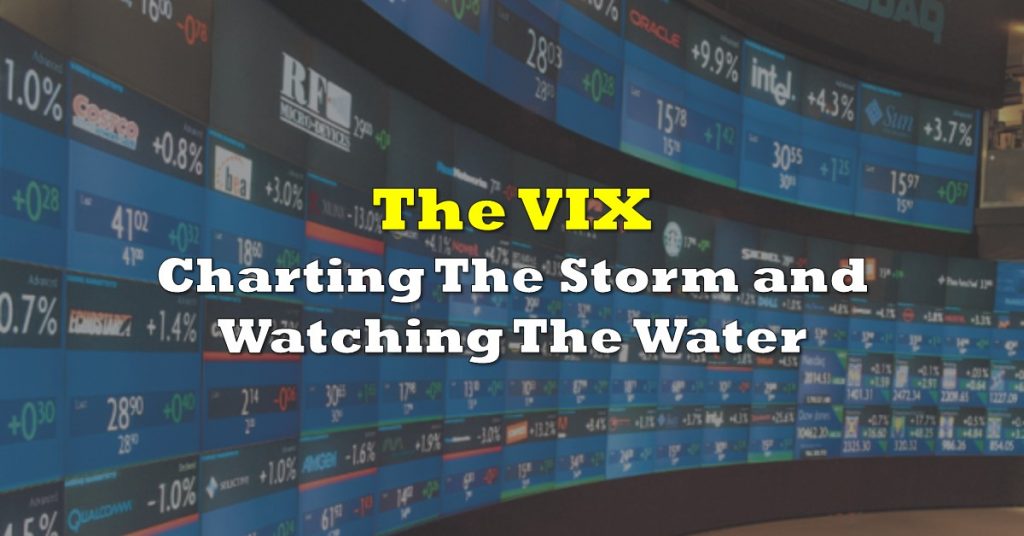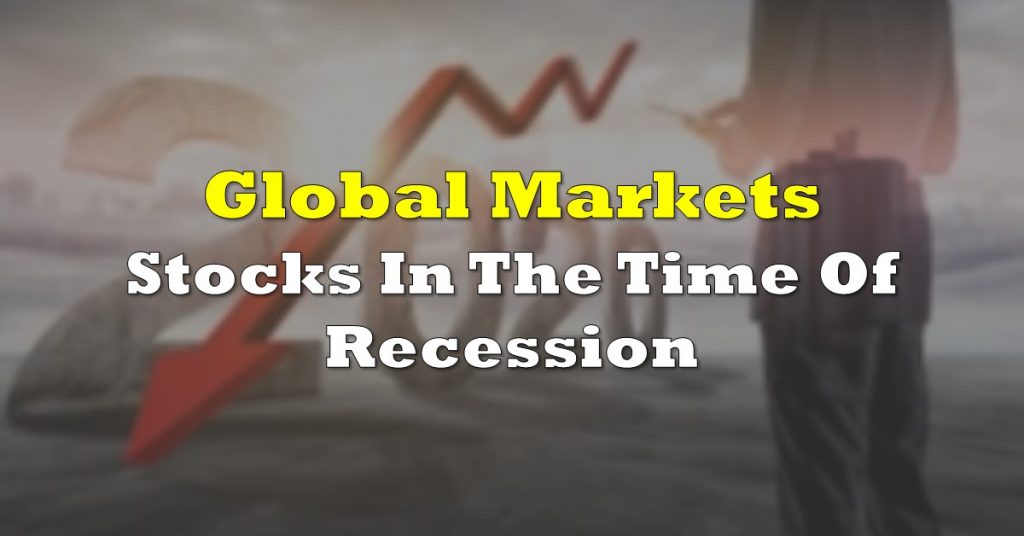For much of the last year, the market has trended lower, but with significant short-term rallies off short-term bottoms and sharp declines off short-term peaks. One of the most successful ways to trade this volatile market has been to buy the S&P 500 Index when the CBOE Volatility Index (VIX) has dropped below 20 and sell the broad market when the VIX has spiked to 32.5 or higher.
Importantly, the VIX dropped to just below 19 on January 12.
The VIX index, which is derived from the price of S&P 500 index options with near-term expiration dates, represents investor expectations of near-term price changes in the benchmark index. Phrased differently, the VIX is a volatility index which measures the relative degree of fear among market participants. Since investors generally dislike uncertainty or volatility more than almost any other factor, a low VIX generally corresponds with an optimistic investor mindset, while a high VIX is linked with higher anxiety levels.
In rough mathematical terms, a VIX reading of 16 means that investors expect the S&P 500 to trade up or down by 1% on a given trading day one-third of the time. Similarly, a reading of 32 implies that stock market participants believe there is a one-third chance the market rises or falls 2% or more on a particular day.
Remarkably, over the last year, a movement below 20 in the VIX has marked, almost to the day, an intermediate term top in the S&P 500; and correspondingly, a jump in the fear index above 32.5 has coincided with a tradable stock market bottom.


Of course, it is possible this almost mechanical linkage may not hold this time. The market’s “Fight-the-Fed” rally over the last five trading days is generally based on a belief (hope?) that inflation has come down sufficiently and that the economy will slow enough that the Federal Reserve will be forced to pivot toward reducing rates before the end of 2023.
It is possible the Fed may voluntarily — or perhaps involuntarily due to political pressure — adopt that course. However, Fed Chairman Powell has so far remained resolute that bringing inflation down significantly trumps all other considerations. He has not yet introduced the potential for intermediate-term rate reductions in any of his public comments.
Information for this briefing was found via Edgar and the sources mentioned. The author has no securities or affiliations related to this organization. Not a recommendation to buy or sell. Always do additional research and consult a professional before purchasing a security. The author holds no licenses.






